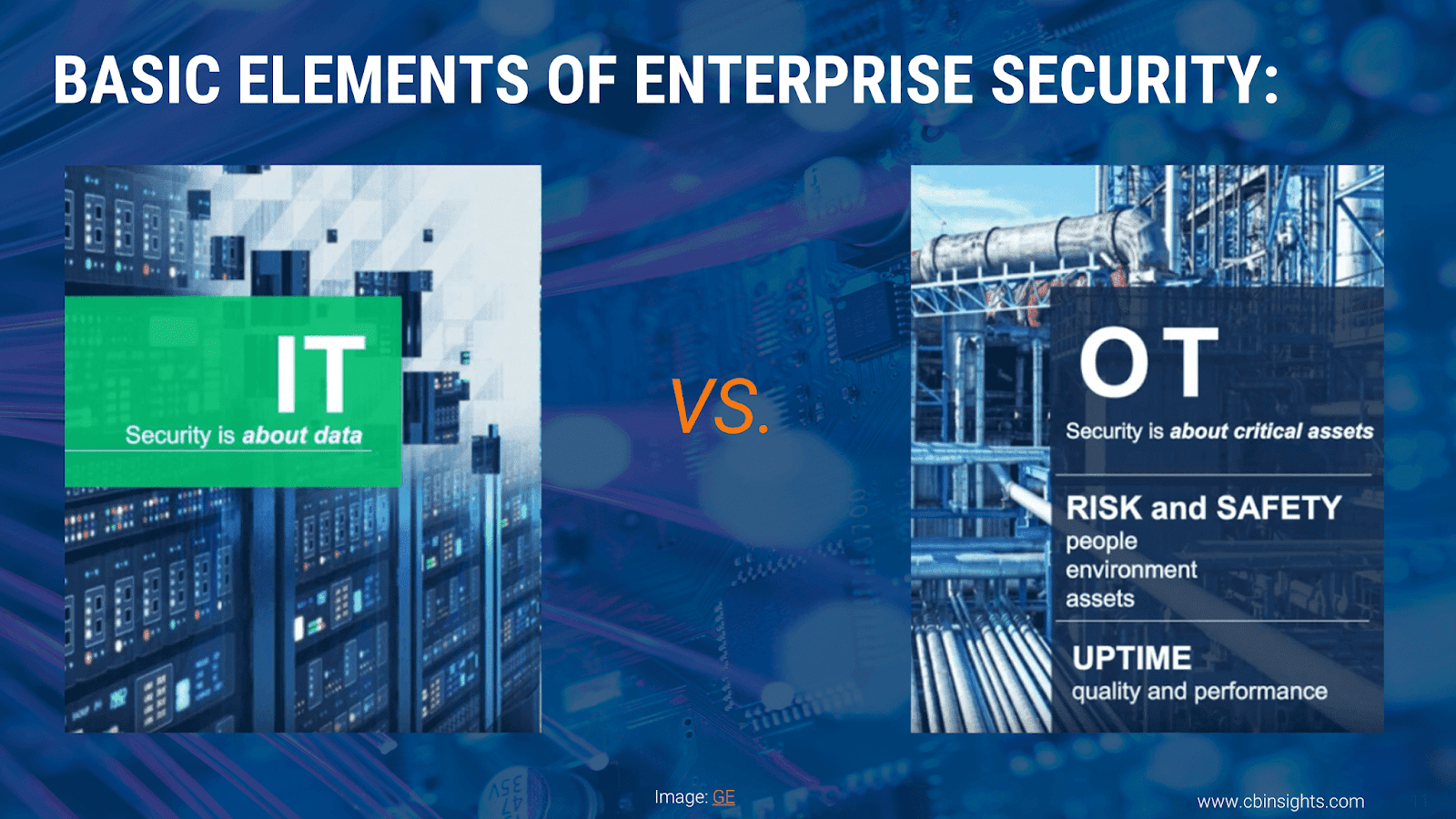You can’t hide from this top trend at RSA Conference, no matter where you operate

Every year, there are certain buzzwords and trends that rise to popularity within the technology community. In years prior, it’s been things like “cloud,” “bitcoin,” or “IoT,” that set the trend. So it’s no surprise when those words fill the agenda at major events like RSA Conference . Leaving us to wonder what the trending topics will be at RSAC 2018, taking place April 16-20 in San Francisco. But, lucky for us, that’s exactly what one of the RSA Conference Advisory Board members was determined to figure out. Wade Baker, RSAC Advisory Board Member, Partner at Cyentia Institute and Professor at Virginia Tech, analyzed approximately 15,000 RSA Conference Call for Paper submissions over the last decade (2009-2018). Using a combination of Natural Language Processing (NLP) techniques and a classification system developed for the Cyentia Research Library , Baker was able to extract the “most important” terms among those thousand...





